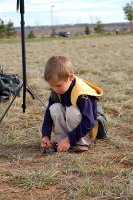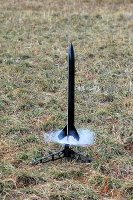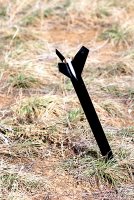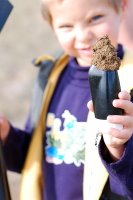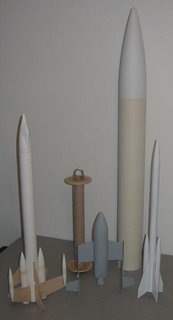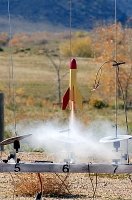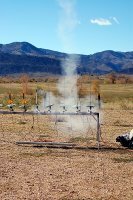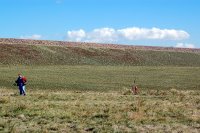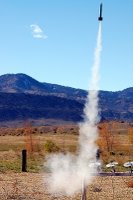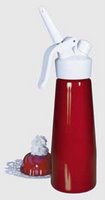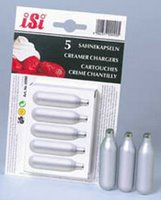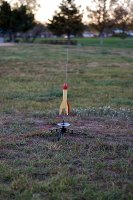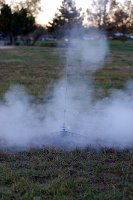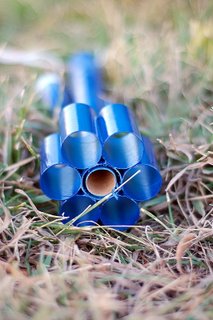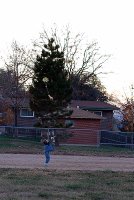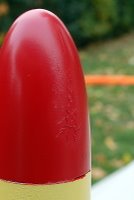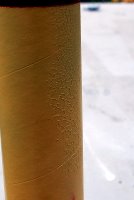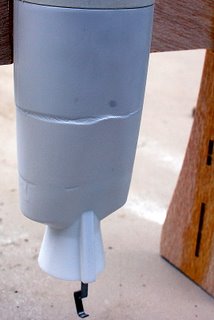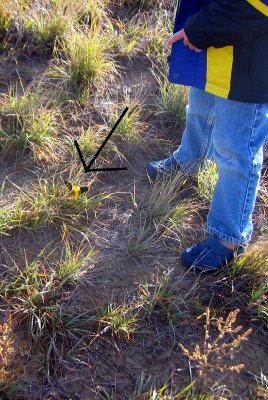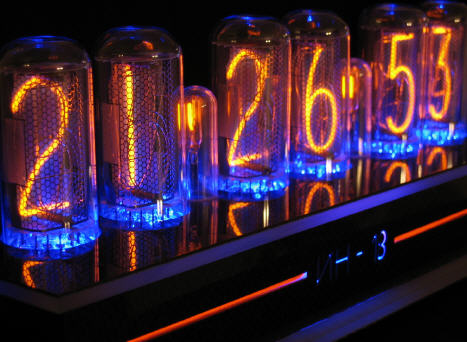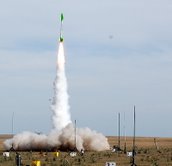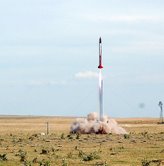We flew the first flight of Isaac's Renegade - we were starting with just the upper stage and flying on an A8. I should have calculated the needs of the rocket better because the A8 only lifted the upper stage about 20 feet. The second flight, we tried with both stages using B6 (the lower stage was B6-0 and the upper stage was a B6-6). The lower stage boosted the Renegate to about 35 feet and then upper stage failed to ignite and we had a nice big lawn dart.
The lower stage of the Renegade is intended for a tumble recovery. I was busy watching the upper stage crash and I didn't see if the lower stage was tumbling nicely or not. We'll need to watch for that in the future - the more they tumble, the better.
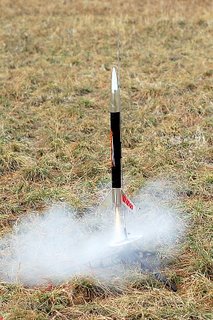
After the troubled launches, we flew the Pencil and Outlaw on C6 motors. The wind was starting to pick up, but we still had some great flights. The Outlaw carried Isaac's parachute man and deployed him near apogee. Finally, we flew Mighty Mouse (after putting on a new parachute). Parachute man was riding in Mighty Mouse, causing me to underpower it. The flight went fine and everything recovered okay, but we had used a B6-6 and the chute opened about 15 feet above the ground :)
